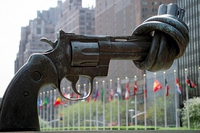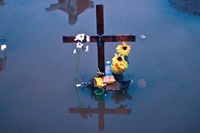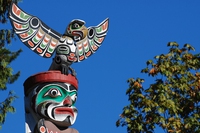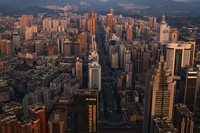
Protecting culture and nature: how World Heritage Sites are chosen
It all started in the summer of 1954, when the United Nations Educational, Scientific and Cultural Organisation (UNESCO) launched an international campaign to rescue the twin Abu Simbel temples in Egypt, threatened by the construction of a dam. The $80 million operation was such a success that it paved the way for world heritage protection








